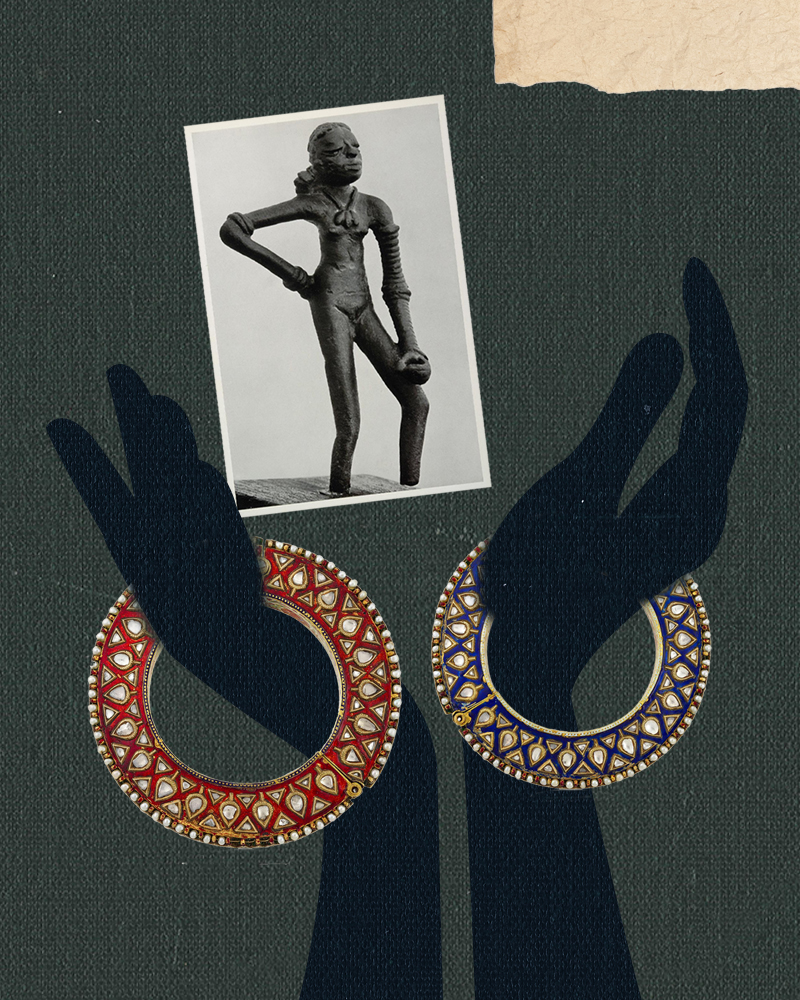Of Myth and Legend: Gems of Power
Gods, demons, natural diamonds with magical powers, and indestructible weapons—myth and history collide in these stories from, and inspired by, ancient India.

Until natural diamonds were discovered in Brazil in the 18th century, India was the source for a vast majority of gemstones. While the exact beginnings of the love affair between man and diamonds might be unrecorded, there are a few brief flashes of illumination. These often come in the form of ancient myths and legends, documented in writings or passed down through oral tradition. They demonstrate the rich, enduring legacy of India and its epic diamonds.
Treatise of Stone
The philosophy and science of gemstone study dates back to time immemorial. As far back as the 1st century, ancient Hindu religious texts have spoken about the importance of flawless diamonds for protection, “from attack by poisonous serpents, tigers, thieves, and deadly poisons.” A 4th century treatise called the Ratna Pariksha was dedicated to the grading and study of gemstones, particularly natural diamonds. Meanwhile a 6th century encyclopaedia called the Brihatsamhita details the types of diamonds found across the country, their price, and the gods which are associated with it declaring, “A diamond which is white and has six sides is sacred to Indra.”
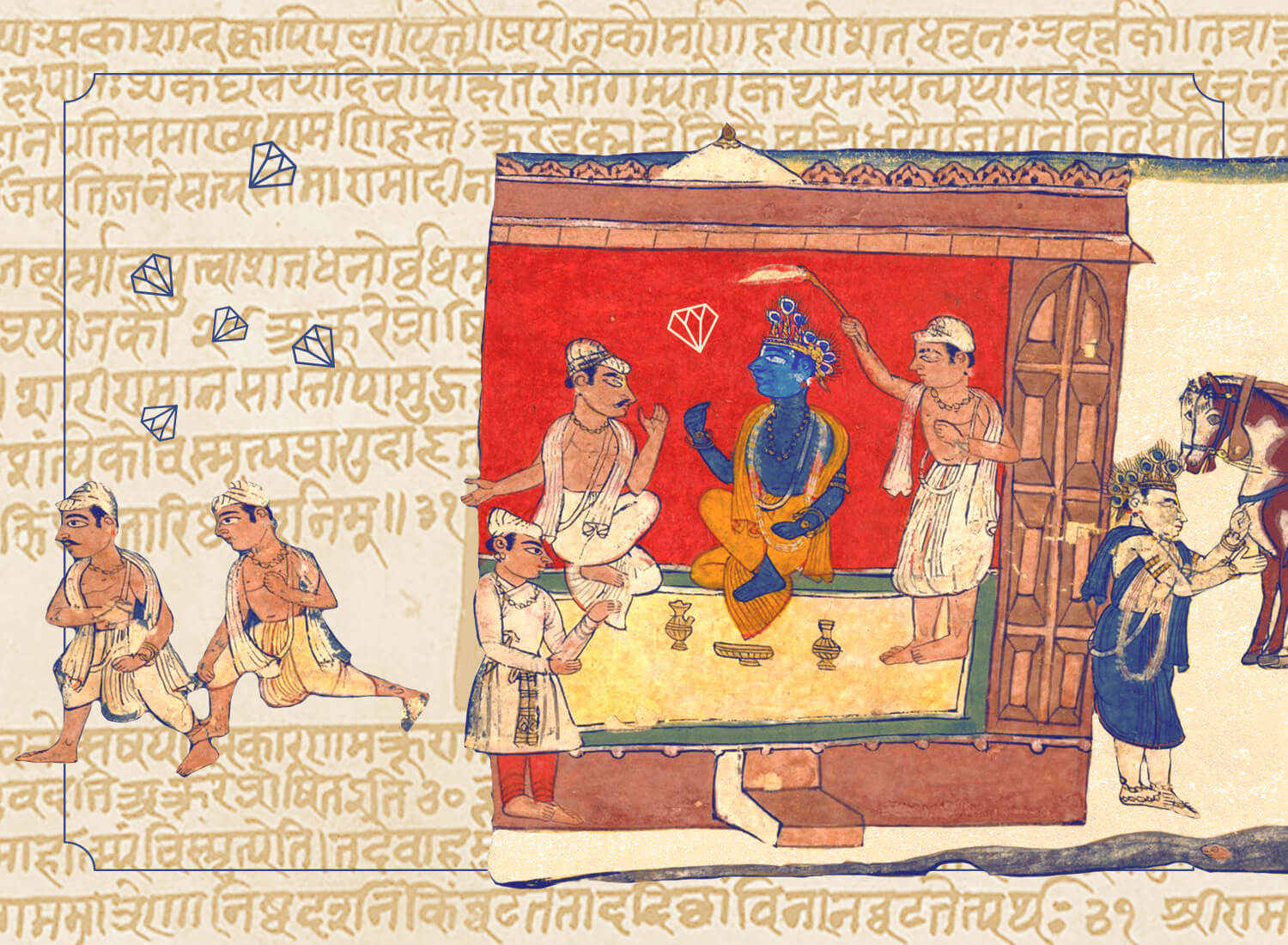
Discovering of New Lands
Natural diamonds are so rare to find, it’s no wonder that many legends circulated about the mysterious lands in which they were found. One recurring story was that of the Valley of Diamonds, which appears in multiple eastern sources from as far back as the 4th century. The stories describe a deep, hidden ravine guarded by fearsome snakes and sharp rocks but filled with precious gemstones such as natural diamonds. The only way to access these treasures was to throw pieces of meat into the chasm that would stick to the stones. The food would be picked up by hungry eagles that roosted on the mountain peaks and from whom the gems could then be retrieved. While the location of the valley is unclear, some have speculated that it could be in India.
The stories describe a deep, hidden ravine guarded by fearsome snakes and sharp rocks but filled with precious gemstones such as natural diamonds.
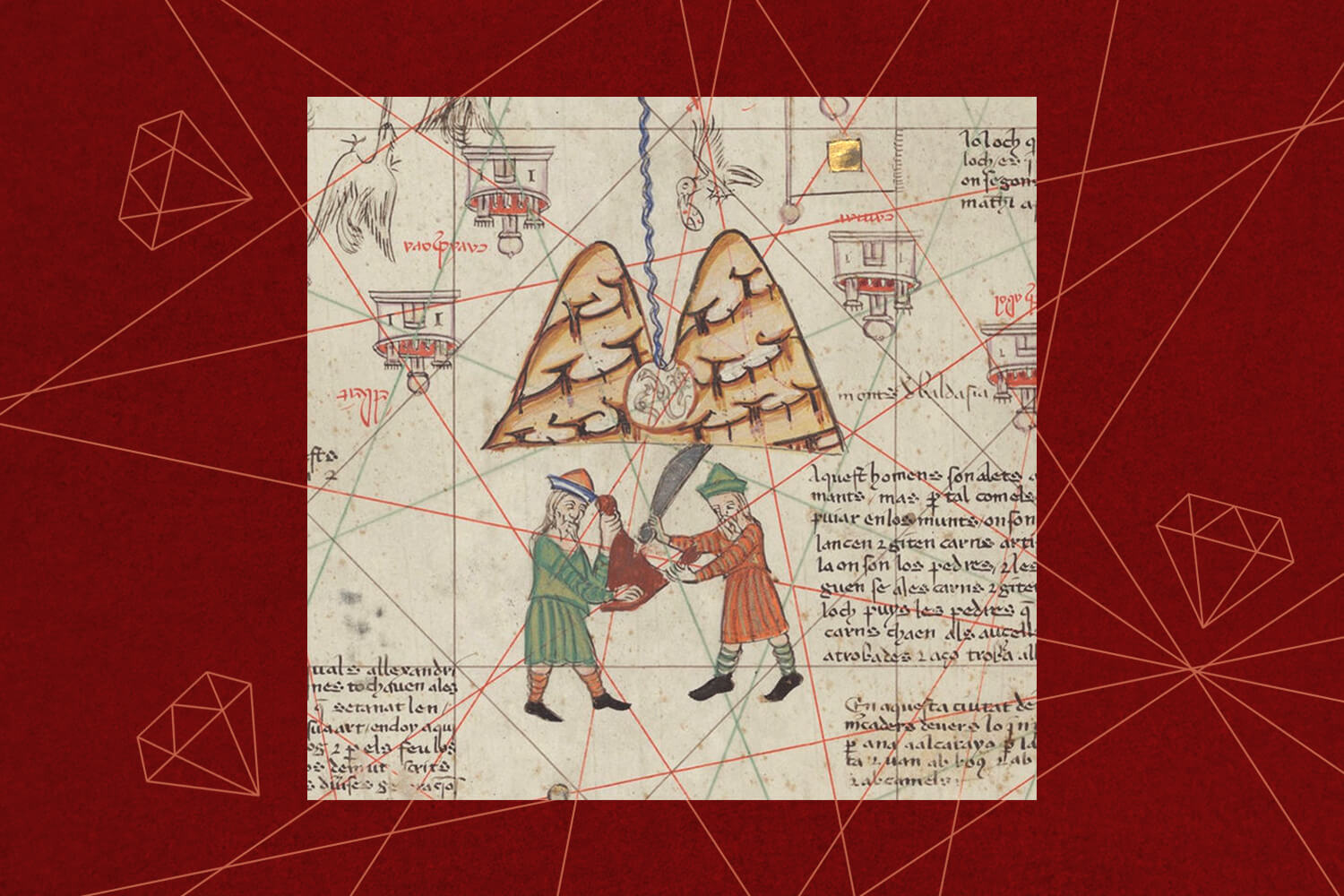
Sacrifice & Rebirth
Demons and diamonds seem to go hand in hand in ancient Indian mythology where the boundaries between good and evil are often a little blurred. One tale about the origin of diamonds describes the demon Bali performing a great prayer to defeat the gods. To stop him, the god Vishnu appeared in the avatar of an ascetic dwarf and asked the demon king for three steps of land on which he could meditate in peace. The king agreed but to his surprise the dwarf started to grow to unimaginable heights with his head overtaking even the clouds. In one step Vishnu encompassed the earth; in his second step he captured the heavens. Bali was humbled and true to his word so when Vishnu asked where he should take his third step, he offered his head. With the touch of Vishnu’s feet, Bali’s earthly body turned into rare jewels, including diamonds that scattered all over the earth.
With the touch of Vishnu’s feet, Bali’s earthly body turned into rare jewels, including diamonds that scattered all over the earth.
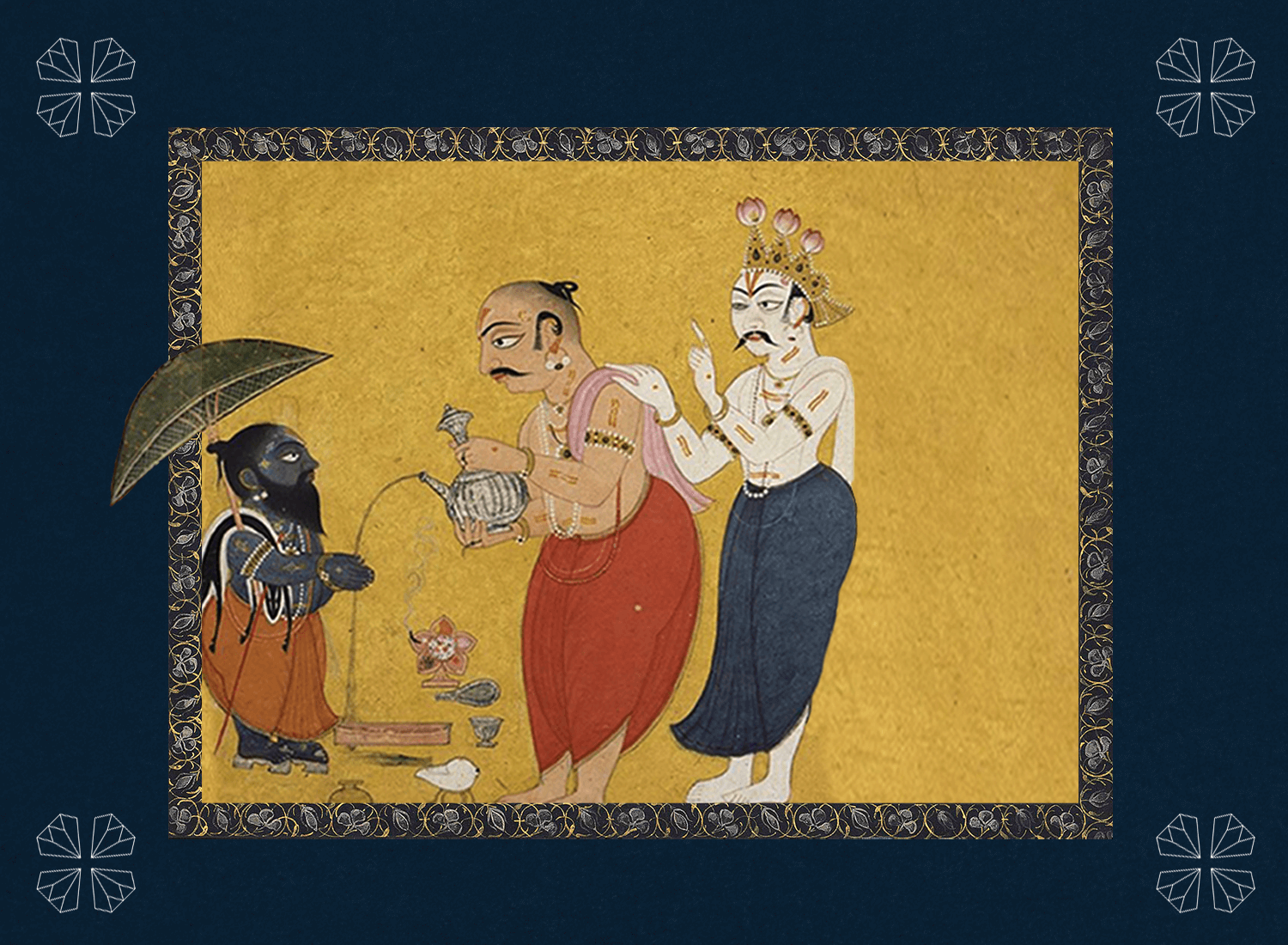
Heavenly Thunderbolts
Along with their unmatched brilliance, natural diamonds are treasured for their resilient, seemingly indestructible nature. Which is why they have often been used by powerful gods to make trusty, diamond-infused weapons. In Buddhist, Jain, and Hindu scriptures, one of the supreme deities Indra, is said to wield a vajra, a thunderbolt or mystical weapon embedded with a diamond. In Buddhism the vajra is also seen as a destroyer of ignorance or a symbol of the experience of enlightenment, also called the Diamond Way.
In Buddhist, Jain, and Hindu scriptures, one of the supreme deities Indra, is said to wield a vajra, a thunderbolt or mystical weapon embedded with a diamond.
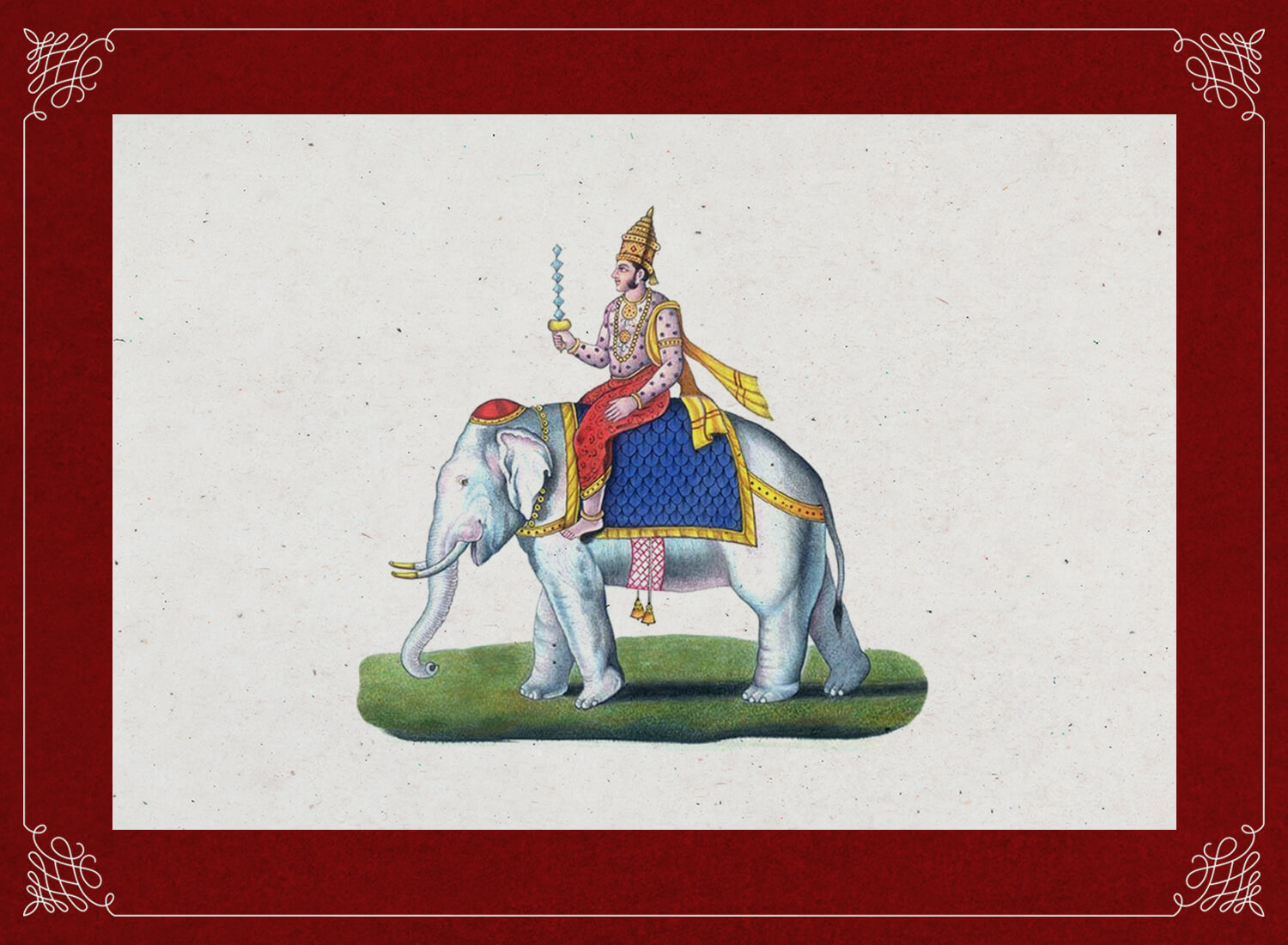
An Ocean of Treasures
Is this a cosmic tug of war? Or some other epic game? In fact this painting depicts the gods (on the right) and the demons (on the left) in a rare truce, churning the cosmic ocean to bring the elixir of immortality or amrita to the surface. They churned the ocean for a long time but before the ambrosia rose to the surface many other treasures floated to the top ranging from the goddess Lakshmi to a seven-headed horse and a heavenly, rare jewel called Kaustuba Mani. Said to be a greenish-tinged natural diamond, the stone represents pure consciousness and could only be carried by the Lord Vishnu who wore it on his chest.
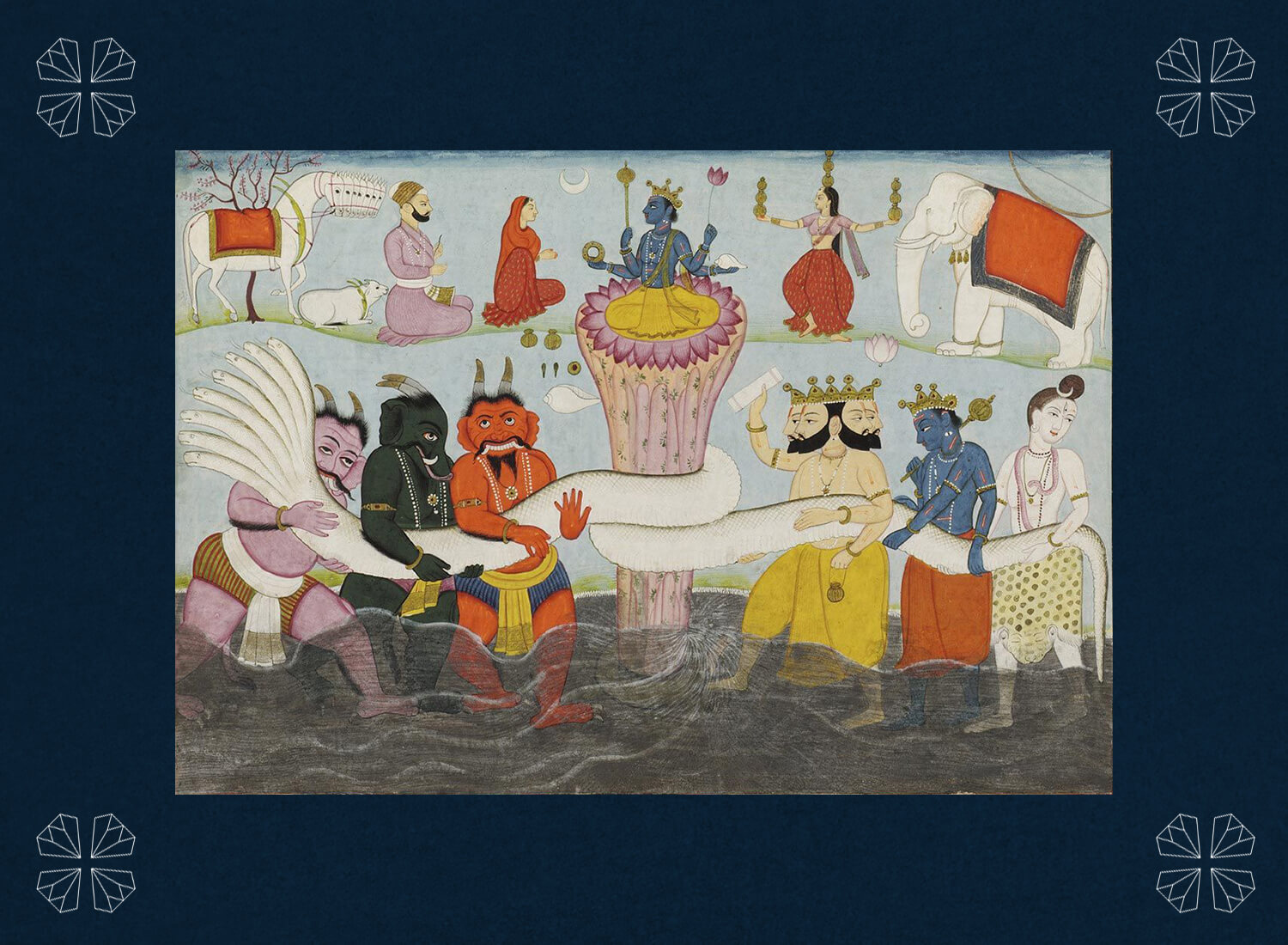
One Gem, Many Masters
If there’s one famous diamond we’ve all heard of, it’s the Kohinoor. The royal jewel has had a tumultuous journey; frequently changing hands, leaving bloodshed in its wake, and becoming a symbol of power for whoever owned it. This ability to elicit so much envy and desire has drawn connections between the Kohinoor and another highly coveted iconic diamond, the Syamantaka Mani. A divine gemstone that would dazzle whoever saw it, the stone also had the magical ability to make gold. The sun god Surya gave it to one of his most loyal devotees from whom it went on to multiple owners. Most popularly it was stolen by a lion, who was killed for it by a bear king named Jambavan. The bear was in turn defeated by the god Krishna when he came to recover the stone and many more people were seduced by it before it finally came to rest in a sacred city called Dwarka.
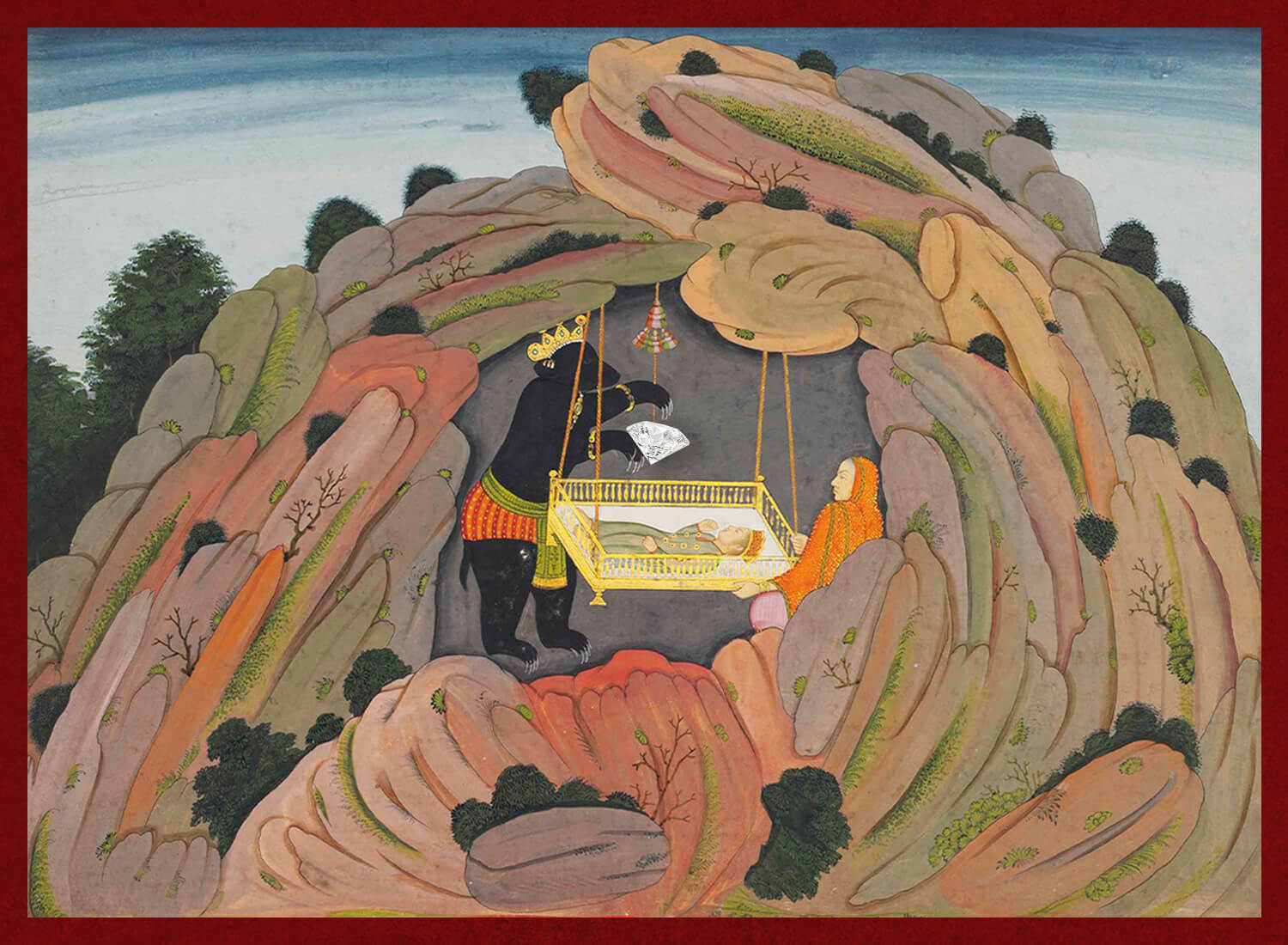
So whether it’s their strength or rarity, supernatural abilities or links with purity and power, diamonds have both a real, and intangible appeal. These myths that have transcended time help understand our endearing appreciation of diamonds—as gems that are valuable not just for their sparkle and shine, but for the stories they hold.
